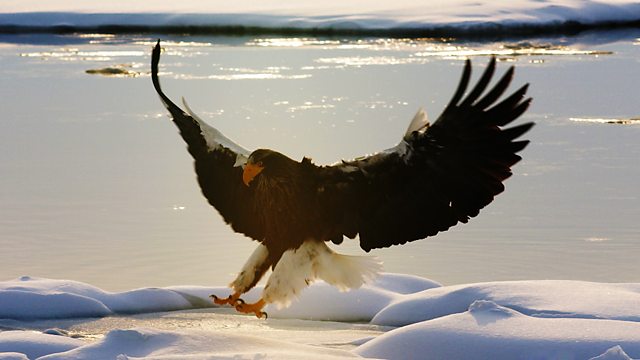Episode 24
The number of cuckoo's being heard and sparrows being seen is going down year on year. What can the decline in British birds tell us about global extinction levels?
24/40. In earlier episodes of Saving Species we followed the life and times of British seabirds on the Isle of May and the Cliffs near Tain, both in Scotland. We reported good news and bad news in a number of seabird species from both sites at the time they were rearing their chicks: Puffins seemed to be doing alright, Fulmars not so, Kittiwakes not good - but shags in places have had a good year. Over recent weeks lots of data has been crunched and we have ornithologist Bob Swann telling us how Fulmars, Kittiwakes, Puffins and Shags and other seabirds have done in various places around the UK - and in particular from two colonies he has been monitoring for upwards of 40 years in Scotland.
And we take the plight of British birds story further. Biologists from Oxford University have been studying the decline in British birds and have come up with work that indicates that bird decline in the UK is an indicator of wider mass extinctions over the world. What exactly does this mean? And how can British birds inform us about the rest of the world? We will find out.
Also, bees. We report new research looking at what the Honey Bee waggle dance tells us about nectar sources in gardens and the countryside. And to a great source of autumn nectar, Ivy, and the Ivy Bee. Kelvin Boot hunts down this Euro Bee - one of the new visitors to this country linked, we're told, to warmer winters and a super-abundance of Ivy in southern England.
Presented by Brett Westwood
Produced by Mary Colwell
Series Editor Julian Hector.
Last on
More episodes
Previous
Next
Broadcasts
- Tue 12 Oct 2010 11:00麻豆社 Radio 4
- Thu 14 Oct 2010 21:00麻豆社 Radio 4
The Open University
Get closer to the species with The Open University

